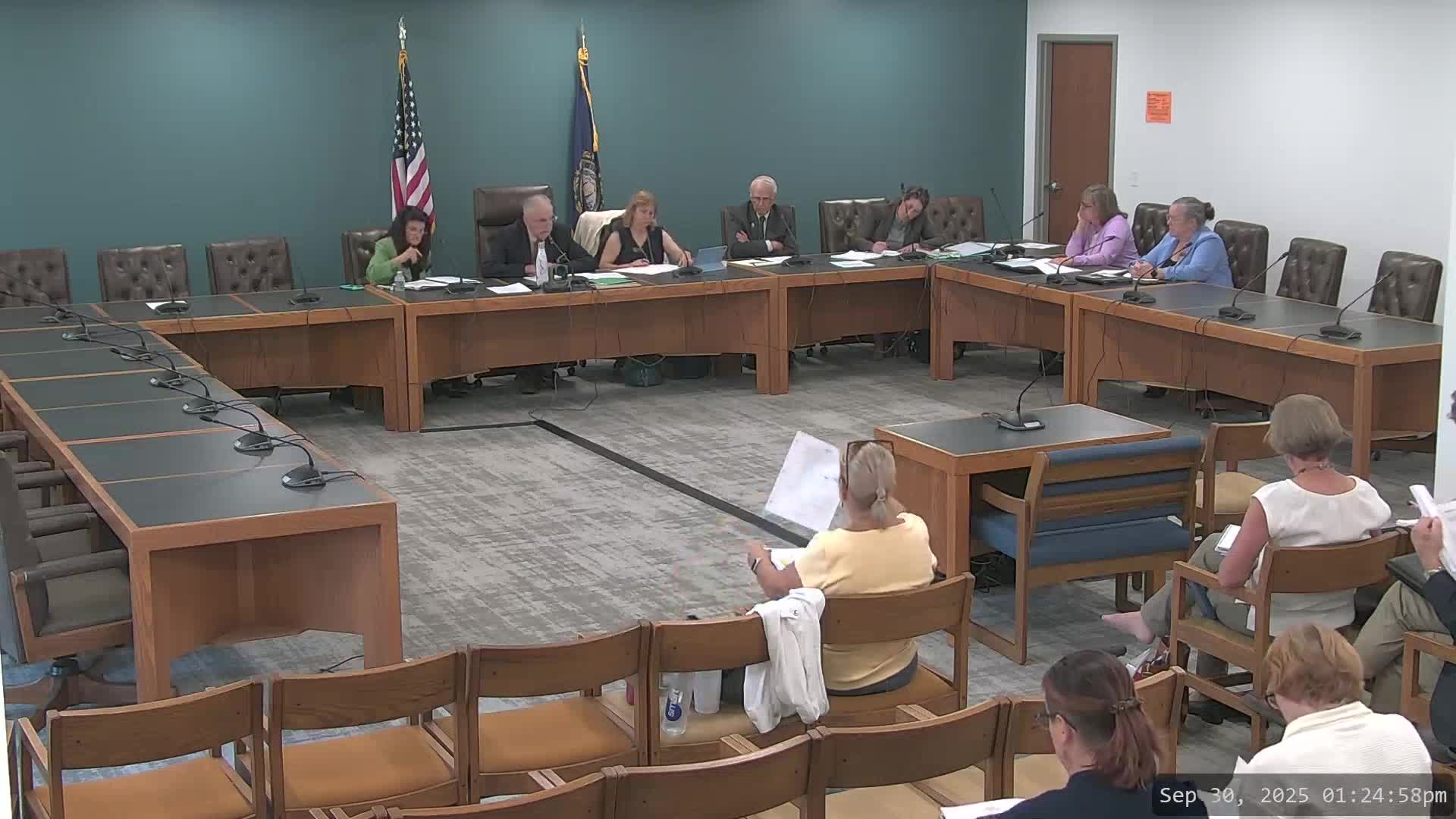State Education Committee Discusses $977M Special Education Funding Challenges
September 30, 2025 | Commission to Study , House of Representatives, Committees , Legislative, New Hampshire
This article was created by AI summarizing key points discussed. AI makes mistakes, so for full details and context, please refer to the video of the full meeting. Please report any errors so we can fix them. Report an error »

The New Hampshire Commission to Study Costs of Special Education convened on September 30, 2025, to address the significant financial challenges surrounding special education funding in the state. The meeting highlighted the staggering annual expenditure of $977 million on special education, with only a fraction of that amount—$68 million—allocated through differentiated aid within the base adequacy formula, which is not specifically targeted for special education needs.
Commission members discussed the allocation of funds, noting that the special education aid fund, previously referred to as catastrophic aid, had $34 million allocated for the past year. However, actual costs exceeded $16 million, leading to a proration issue where districts received only 68% of the funds owed to them. Recent legislation has set a minimum proration rate of 80% for future years, but many districts, especially smaller ones, continue to face financial hardships due to the high costs associated with special education.
The discussion also touched on the Individuals with Disabilities Education Act (IDEA), which contributes approximately $51 million to special education funding. Collectively, these figures indicate that local school districts bear around 85% of the total costs, creating a significant burden, particularly for districts that may suddenly enroll students with high-cost needs.
Commission members reviewed data on the number of students receiving special education aid, noting that many of these students are placed in out-of-district programs. Since a rate-setting change in 2018, costs for these placements have risen dramatically, with annual increases of approximately 5%, compounding the financial strain on school budgets.
The meeting underscored the urgent need for a comprehensive review of special education funding formulas to ensure that districts can adequately support students with special needs without facing overwhelming financial challenges. The Commission plans to continue discussions on these critical issues in future meetings.
Commission members discussed the allocation of funds, noting that the special education aid fund, previously referred to as catastrophic aid, had $34 million allocated for the past year. However, actual costs exceeded $16 million, leading to a proration issue where districts received only 68% of the funds owed to them. Recent legislation has set a minimum proration rate of 80% for future years, but many districts, especially smaller ones, continue to face financial hardships due to the high costs associated with special education.
The discussion also touched on the Individuals with Disabilities Education Act (IDEA), which contributes approximately $51 million to special education funding. Collectively, these figures indicate that local school districts bear around 85% of the total costs, creating a significant burden, particularly for districts that may suddenly enroll students with high-cost needs.
Commission members reviewed data on the number of students receiving special education aid, noting that many of these students are placed in out-of-district programs. Since a rate-setting change in 2018, costs for these placements have risen dramatically, with annual increases of approximately 5%, compounding the financial strain on school budgets.
The meeting underscored the urgent need for a comprehensive review of special education funding formulas to ensure that districts can adequately support students with special needs without facing overwhelming financial challenges. The Commission plans to continue discussions on these critical issues in future meetings.
View full meeting
This article is based on a recent meeting—watch the full video and explore the complete transcript for deeper insights into the discussion.
View full meeting
